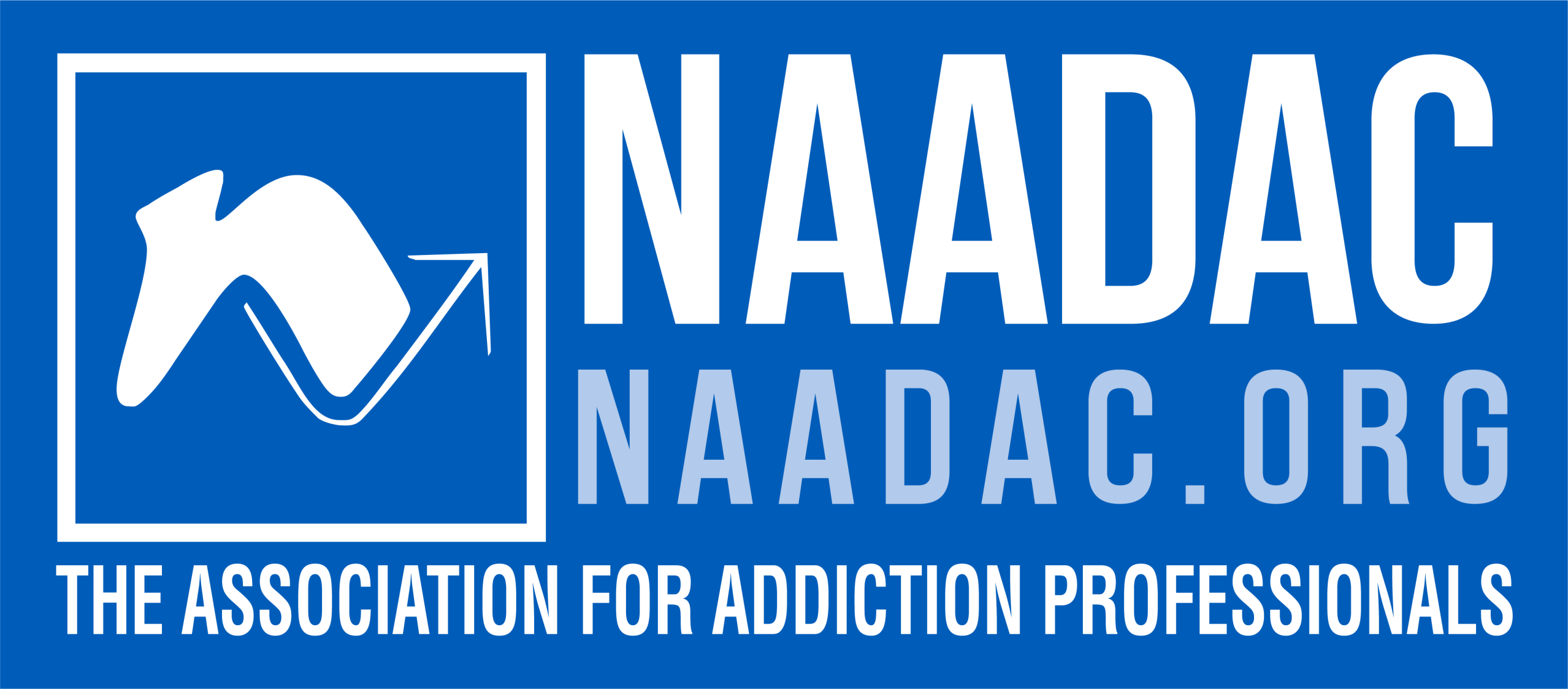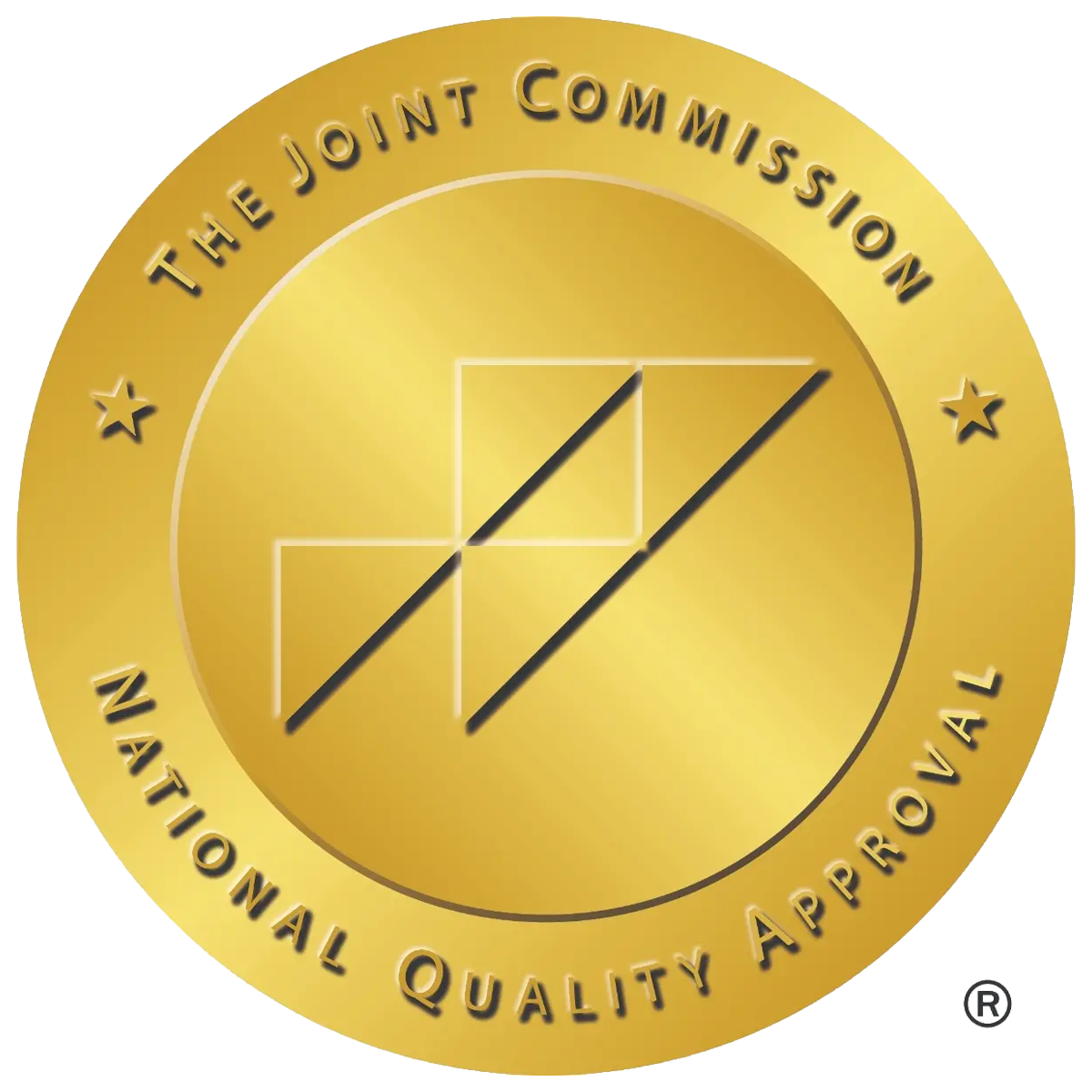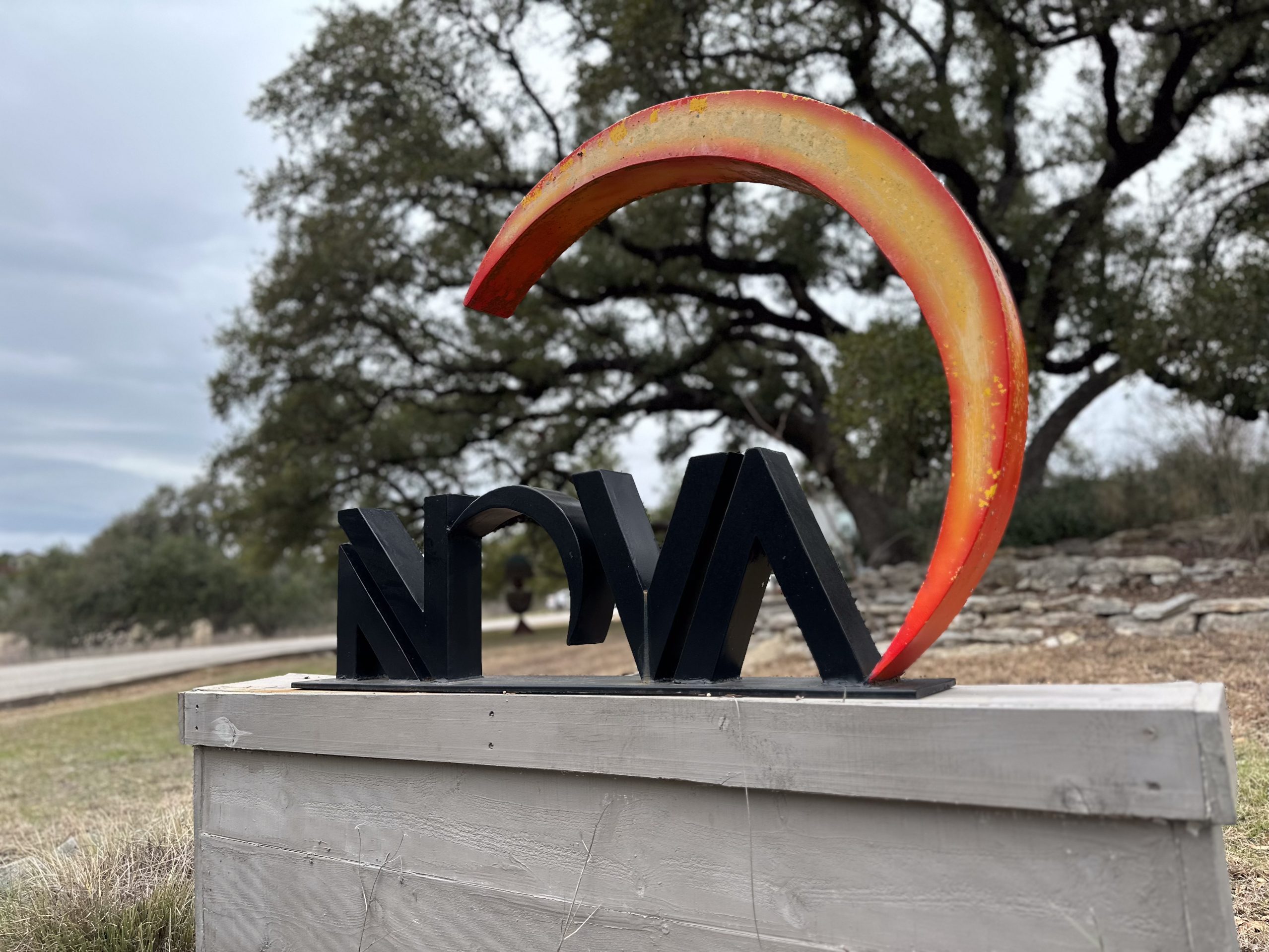Complete Guide to Marijuana Addiction and Treatment
GET HELP TODAY!
100% Confidentiality Guaranteed


What Is Marijuana?
Marijuana comes from the marijuana plant. The two main species used are Cannabis sativa and Cannabis indica. It includes the dried leaves, flowers, stems, and seeds. The primary psychoactive chemical in marijuana is THC, which interacts with the brain’s reward system to produce a high. When smoked, THC travels from the lungs into the bloodstream rapidly. Consuming it via edibles causes a delayed but potent effect.
Forms and Methods of Use
There are many ways marijuana is consumed:
- Cigarettes (joints)
- Edibles (brownies, tea)
- Oils (hash oil, honey oil)
- Concentrates (wax, budder, shatter)
A method known as dabbing, which involves inhaling concentrated THC, has become increasingly popular. However, it can be dangerous due to the extraction process, which uses flammable solvents.










Common Slang Terms
Marijuana is often referred to by street names such as weed, pot, grass, Mary Jane, reefer, blaze, and dope.
How Common Is Marijuana Addiction?
Marijuana abuse is one of the most widespread forms of drug addiction globally. The 2016 National Survey on Drug Use and Health reported that 36.7 million people in the U.S. used marijuana in the past year. The National Institute on Drug Abuse (NIDA) highlights that marijuana use among young people is increasing, while the perceived risks are declining. This shift contributes to the growing challenge of marijuana use disorder.
While marijuana has shown promise in some medical applications, the FDA has not approved the marijuana plant for medicinal use. Only certain medications with cannabinoids have received FDA approval.
Marijuana Use Disorder vs. Addiction
Marijuana use disorder happens when someone keeps using marijuana even though it causes problems in their life. It is listed in the Diagnostic and Statistical Manual of Mental Disorders (DSM-5). People can become addicted if they use marijuana regularly and can’t stop, even when it causes harm.
According to drug abuse NIDA, using larger amounts of marijuana over time can change how the brain’s reward system works.. It is included in the Diagnostic and Statistical Manual of Mental Disorders (DSM-5).
Marijuana becomes addictive when usage persists despite negative effects. According to drug abuse NIDA, repeated use in larger amounts rewires the brain’s reward system.
Is Marijuana Addictive?
Yes. Though sometimes debated, research shows that marijuana is addictive. Regular use may lead to tolerance, requiring users to consume larger amounts to achieve the same effect. Withdrawal symptoms also suggest marijuana is addictive.
Gateway Drug Debate
Marijuana is sometimes labeled as a gateway drug. The Institute on Drug Abuse cites studies that show people who use cannabis are more likely to use other illicit drugs. However, most marijuana users do not progress to harder substances. Still, early exposure can increase the risk of addiction and abuse.
Marijuana Addiction Statistics
Recent marijuana addiction statistics reveal:
- THC potency has increased over 300% since the 1960s.
- Roughly 14.8% of marijuana rehab admissions are voluntary.
- 40% of high school students have tried marijuana.
- Of those who start young, 17% develop dependence.
- According to a national survey, 67% of new users are under age 18.
Signs of Marijuana Use and Addiction
Understanding the signs of marijuana addiction helps in early intervention. Watch for:
- Paraphernalia: Pipes, bongs, or makeshift smoking tools.
- Appetite Changes: Increased junk food consumption.
- Behavior Shifts: Isolation, loss of interest, or apathy.
- Cultural Changes: Preference for drug-themed music, movies, and clothing.
- Hygiene: Decline in personal grooming or excessive use of cologne to hide odor.
- Academic Decline: Drop in school performance.
Psychological and Physical Side Effects
Short-term effects of marijuana abuse include:
- Euphoria
- Hallucinations
- Impaired coordination
- Altered sense of time
- Memory loss
- Anxiety and paranoia
Long-term use may lead to:
- Breathing issues
- Increased heart rate
- Poor cognitive development (in young users)
- Depression and suicidal thoughts
- Impaired child development during pregnancy
- Mental health disorders like anxiety disorders and psychosis
Health Risks and Mental Health
Using marijuana regularly can lead to serious mental health problems. It may make anxiety, depression, or other issues worse. Some people have also developed post traumatic stress disorder linked to long-term use.
People who use cannabis regularly may show lower life satisfaction, strained relationships, and more physical health complications.
More Time. More Joy. More You. Start Now.
WE ACCEPT MOST INSURANCES







Why Do People Become Addicted?
Several risk factors increase the likelihood of developing an addiction:
- Family history of substance abuse
- Mental illness, such as schizophrenia or depression
- Lack of family members’ involvement
- Young people are more prone to develop dependence due to still-developing brains
Withdrawal Symptoms
Common symptoms people may experience when they stop using marijuana include:
- Irritability
- Insomnia
- Decreased appetite
- Depression
- Restlessness
The withdrawal timeline typically looks like:
- 24 hours: Discomfort begins
- 2–3 days: Peak symptoms like chills and cravings
- 4–5 days: Cravings subside, psychological symptoms may linger
Treatment Options for Marijuana Addiction
There is no one-size-fits-all treatment plan for marijuana addiction, but several treatment options are available:
- Medical Detox: Assists with withdrawal in a monitored setting
- Inpatient Treatment: Structured residential care for severe cases
- Outpatient Rehab: Flexible therapy schedules for ongoing recovery
- Sober Living: Transitional housing with peer accountability
- Aftercare Programs: Continued weekly support
Freedom Starts Here. Take Back Your Life Today.
Same-Day Admissions in Austin Available.
Behavioral Therapies and Evidence-Based Approaches
Most treatment programs for marijuana addiction use behavioral therapies, especially cognitive behavioral therapy (CBT). CBT teaches people how to recognize and change unhelpful thoughts and behaviors. It has strong proof from studies showing it helps people stay sober., especially cognitive behavioral therapy (CBT).
CBT helps individuals identify and correct problematic behaviors by developing better coping mechanisms. This method is grounded in an evidence base that supports long-term recovery.
Other therapeutic interventions include:
- Contingency management: This approach uses small rewards to encourage staying drug-free.
- Motivational enhancement therapy: This method helps people strengthen their desire to change and commit to recovery.
Support Systems and Ongoing Recovery
Recovery doesn’t end after detox. Continued support from medical centers, mental health professionals, and family members is very important.
Rehab programs often help with other medical conditions and mental health disorders that may lead to drug use. Aftercare programs and sober living homes help people stay on track. They give time and space to rebuild life slowly and safely. Many people find that spending a lot of time in these supportive environments helps them succeed.
The Role of Healthcare and Public Understanding
Marijuana addiction is a significant health problem. The growing cultural acceptance has made it harder to recognize abuse and addiction, especially in adolescents. However, the national institute and public health agencies continue to educate the public.
Health care providers are encouraged to screen for marijuana use, especially among young people. Recognizing the signs early allows for effective treatment before further complications arise.
The Bigger Picture
Addressing marijuana addiction means acknowledging both its social acceptance and its potential dangers. According to a 2020 report by NIDA, marijuana has become significantly more potent than in previous decades, making dependency more likely.
Treatment must consider co-occurring disorders including anxiety, depression, and PTSD. Providers use the diagnostic and statistical manual to assess severity and develop a comprehensive care plan.
The national institute on drug abuse continues to fund research and treatment innovations. Its focus on long-term recovery and reintegration is essential to curbing the rise of marijuana dependency.
While marijuana may seem harmless to many, it can have profound long-term consequences. Understanding the risks, recognizing the signs, and seeking timely intervention are key to recovery.
Frequently Asked Questions About Marijuana Addiction, Detox, and Treatment
Can someone actually become addicted to marijuana?
Absolutely—it may surprise some, but marijuana can be addictive for certain individuals. Cannabis Use Disorder (CUD) describes a pattern where someone keeps using marijuana despite negative impacts. Estimates suggest around 9–30% of users meet criteria, particularly those who start young or use daily.
What’s the difference between dependence and addiction on marijuana?
Good question—dependence means your body expects a certain dose and reacts when it doesn’t get it, while addiction involves a psychological compulsion to use despite harm. Dependence may lead to withdrawal symptoms; addiction is about that relentless urge to use.
How common is cannabis use disorder, and who’s most at risk?
Roughly 6–9% of marijuana users develop CUD. The number jumps for daily users—up to about 20%. Risk is higher for teens, early starters, and those using high-THC products, or with existing mental health vulnerabilities.
What are common marijuana withdrawal symptoms?
You might experience irritability, anxiety, restlessness, sleep hiccups, vivid or strange dreams, shifts in appetite, mood dips, headaches, nausea, or physical symptoms like sweats.
How long do these symptoms last?
Typically, they peak around days 4–7. By about two weeks, physical symptoms often fade—but emotional or sleep issues can linger for 3–5 weeks in some people.
What does marijuana detox look like?
Detox means clearing the body of THC while managing withdrawal. While the body resets naturally, symptoms can make quitting hard—especially without support. Essentials include staying hydrated, eating well, sleeping, and emotional self-care.
What treatment options are there for marijuana addiction?
Some evidence-based paths include:
Talk therapies, like cognitive behavioral therapy (CBT), motivational enhancement therapy (MET), and sometimes 12-step approaches.
Inpatient rehab, for people needing structure and round-the-clock care.
Outpatient programs (IOP/PHP) allowing daily life to continue while receiving treatment.
How do I know whether to choose inpatient vs. outpatient rehab?
It depends on your situation:
Inpatient programs offer structure, peer support, and full-time supervision.
Outpatient lets you stay at home and integrate recovery into daily life.
A treatment provider will help determine which fits your unique needs and goals best.
What about dual‑diagnosis treatment?
If you’re dealing with both addiction and a mental health condition (like anxiety, depression, trauma), dual-diagnosis treatment addresses both simultaneously. It’s vital for truly holistic healing.
What about long-term recovery and relapse prevention?
Long-term strategies include follow-ups, peer support groups (like Marijuana Anonymous), ongoing therapy, coping tools for cravings, and restructured daily routines. These help reinforce habits that fuel a sustainable, marijuana-free life.
How harmful is marijuana?
Harm depends on dose, frequency, THC potency, age of first use, and mental health history. Risks include impaired memory/attention, anxiety or paranoia, driving impairment, cannabis use disorder, and in some people cannabis hyperemesis syndrome (recurrent vomiting). Heavy daily use is linked with worse outcomes than occasional use.
What type of drug is marijuana?
Marijuana is a psychoactive drug from the cannabis plant. It contains cannabinoids (like THC and CBD) that act on the endocannabinoid system. Depending on dose and strain, it can produce depressant, stimulant, and mild hallucinogenic effects.
What’s in marijuana?
- THC (Δ9-tetrahydrocannabinol): the main intoxicating compound
- CBD (cannabidiol): non-intoxicating, modulates THC’s effects
- Other cannabinoids: CBG, CBN, THCV, etc.
- Terpenes: aromatic compounds that influence flavor and effects
- Plant material — and, in unregulated products, possible pesticides/heavy metals/solvent residues
What are 5 facts about marijuana?
- THC binds primarily to CB1 receptors in the brain to produce a “high.”
- Potency has increased significantly in modern products compared with decades ago.
- Starting in adolescence and daily/high-THC use raise the risk for problems.
- You can develop cannabis use disorder with tolerance, craving, and withdrawal.
- Laws vary widely—check local regulations before buying, using, or traveling.
How addictive is marijuana?
While not everyone becomes addicted, a meaningful minority develop cannabis use disorder, especially with early, frequent, or high-THC use. Signs include using more than intended, unsuccessful cutbacks, cravings, and continuing use despite problems.
What are the sad facts about marijuana?
Regular heavy use can:
- Worsen anxiety, depression, or psychosis in vulnerable people
- Impair learning, attention, and motivation
- Trigger cyclic vomiting (CHS) and lead to ER visits
- Cause relationship, school, or work problems and legal issues
Why does marijuana make us happy?
THC increases signaling in reward pathways and releases dopamine, which can feel pleasurable and relaxing. The same pathway can reinforce habitual use in some people.
Why is marijuana a bad habit?
When use becomes daily or compulsive, it can lead to tolerance, withdrawal (irritability, poor sleep, decreased appetite), financial/time costs, and neglected responsibilities—hallmarks of a substance use disorder.
What are three mental effects of marijuana?
- Short-term memory and attention problems
- Anxiety/paranoia at higher doses; rare psychotic symptoms in at-risk individuals
- Slower reaction time and impaired judgment (dangerous for driving)
Why do people smoke marijuana?
Common reasons include relaxation, socializing, stress relief, pain or sleep complaints, curiosity, or cultural norms. Self-medication can mask underlying conditions that may be better treated by a clinician.
What are the pros and cons of marijuana?
- Potential pros: reduced nausea, increased appetite, some pain or sleep benefits for certain people.
- Cons: cognitive impairment, dependence/withdrawal, mental-health risks, driving impairment, respiratory irritation from smoking, and unpredictable potency in unregulated products.
What happens to your brain when you sleep high?
THC tends to reduce REM sleep and dream recall. Some people fall asleep faster but wake groggy. With ongoing nightly use, tolerance can lead to worsening sleep over time; stopping may cause REM rebound with vivid dreams.

